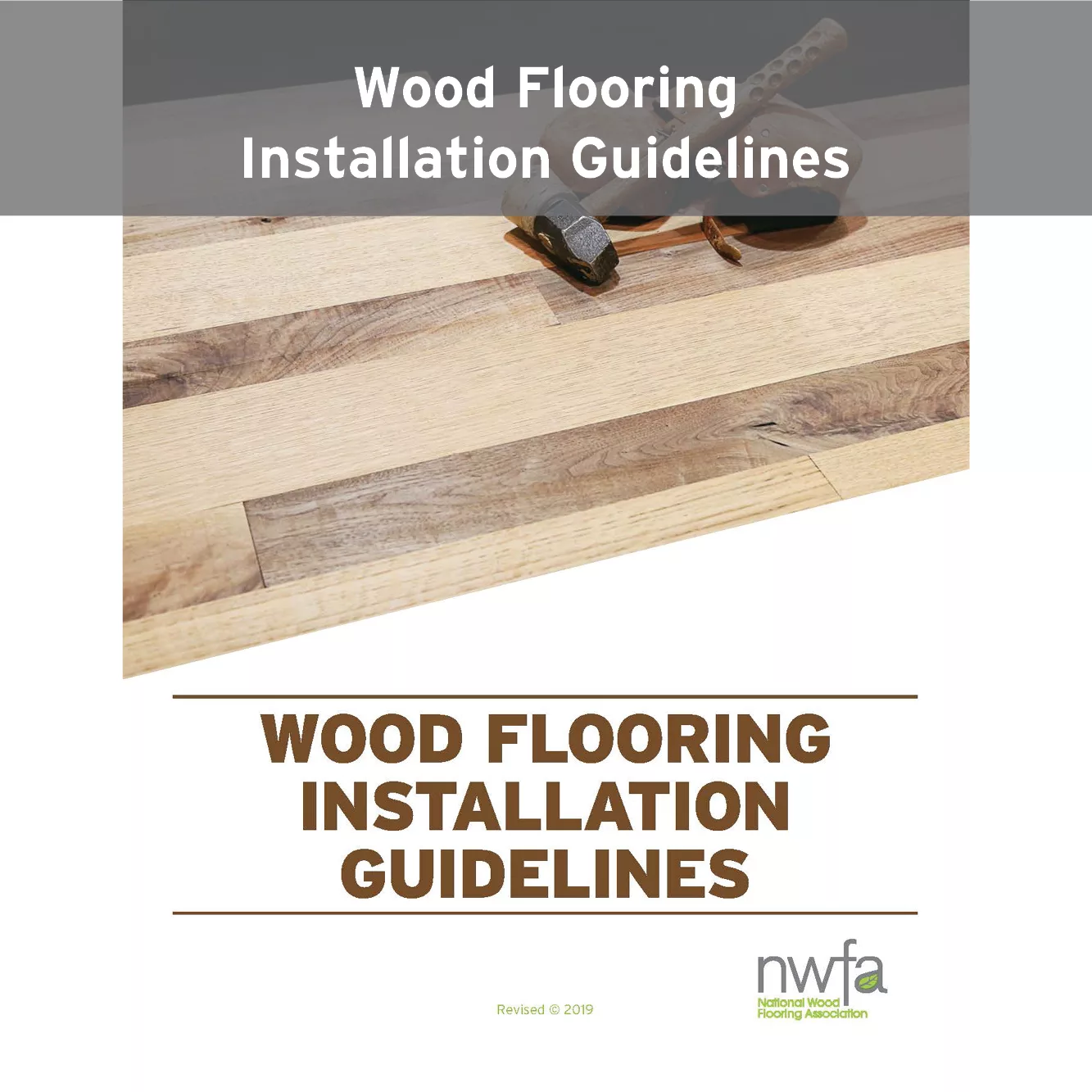Guidelines for Specifying a Moisture-Control System
The following list of suggestions was prepared to assist architects, engineers, and specifiers by reducing this confusion, as well as to aid them in assuring that owners get what they pay for. In short, proof must be provided that a given moisture-control product brings the floor to within required compliance levels, and that the manufacturers of the product can be held fully accountable for related claims that may arise.
Quality assurance. All products should be required to undergo post-installation testing. If the product fails to achieve specified objectives (e.g. bring moisture vapor emission levels to a maximum of 3 lbs. as measured via the calcium chloride test method), all costs associated with bringing the vapor emissions levels into compliance (labor and materials, including preparation costs) shall be wholly borne by the manufacturer and/or installer of said product.
Penalties for non-compliance. If the selected product fails to perform as specified, the manufacturer and/or installer of the product shall be responsible for costs associated with the installation of a substitute product. Selection of a substitute product shall be at the sole discretion of the owner or specifier.
Construction schedule. If the project schedule is delayed as a result of reapplication or repairs required to bring the emissions into compliance, the manufacturer and/or installer of the non-compliant product shall be responsible for costs directly associated with such delays, including liquidated damages and loss of incentive compensation.
Warranted performance. The performance warranty shall NOT allow for upper moisture limits to be placed upon the selected product. It has been well established that moisture levels can be dynamic and that, even with the most liberal number of tests, less than 1% of the flooring surface is actually tested. Because of these factors, upper moisture limits on any selected product shall NOT be allowed. If such limitations are incorporated currently or historically with the submitted product, it will be rejected as non-responsive.
Warranty exclusions. Unless agreed to in writing prior to bid submittal, all warranty exclusions will be rejected as non-responsive.
Indoor Air Quality. Specifiers should be aware that fibrous materials used in floors and walls — such as polypropylene, fiberglass, cotton, and other synthetic and natural fibers — have been identified as possible contributors to indoor air quality problems. Due diligence must be exercised by the specifier to ensure that any such product will not contribute to, or allow microbial growth within, the applied product and/or encourage or support microbial growth due to its presence.
Looking for a reprint of this article?
From high-res PDFs to custom plaques, order your copy today!






